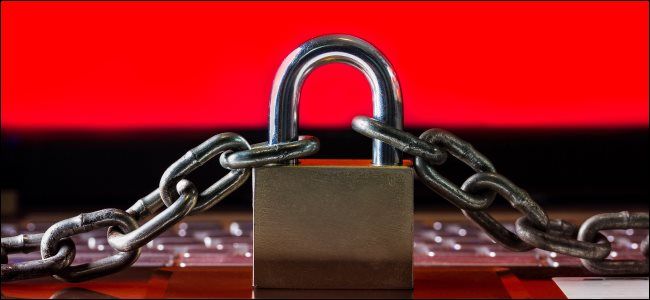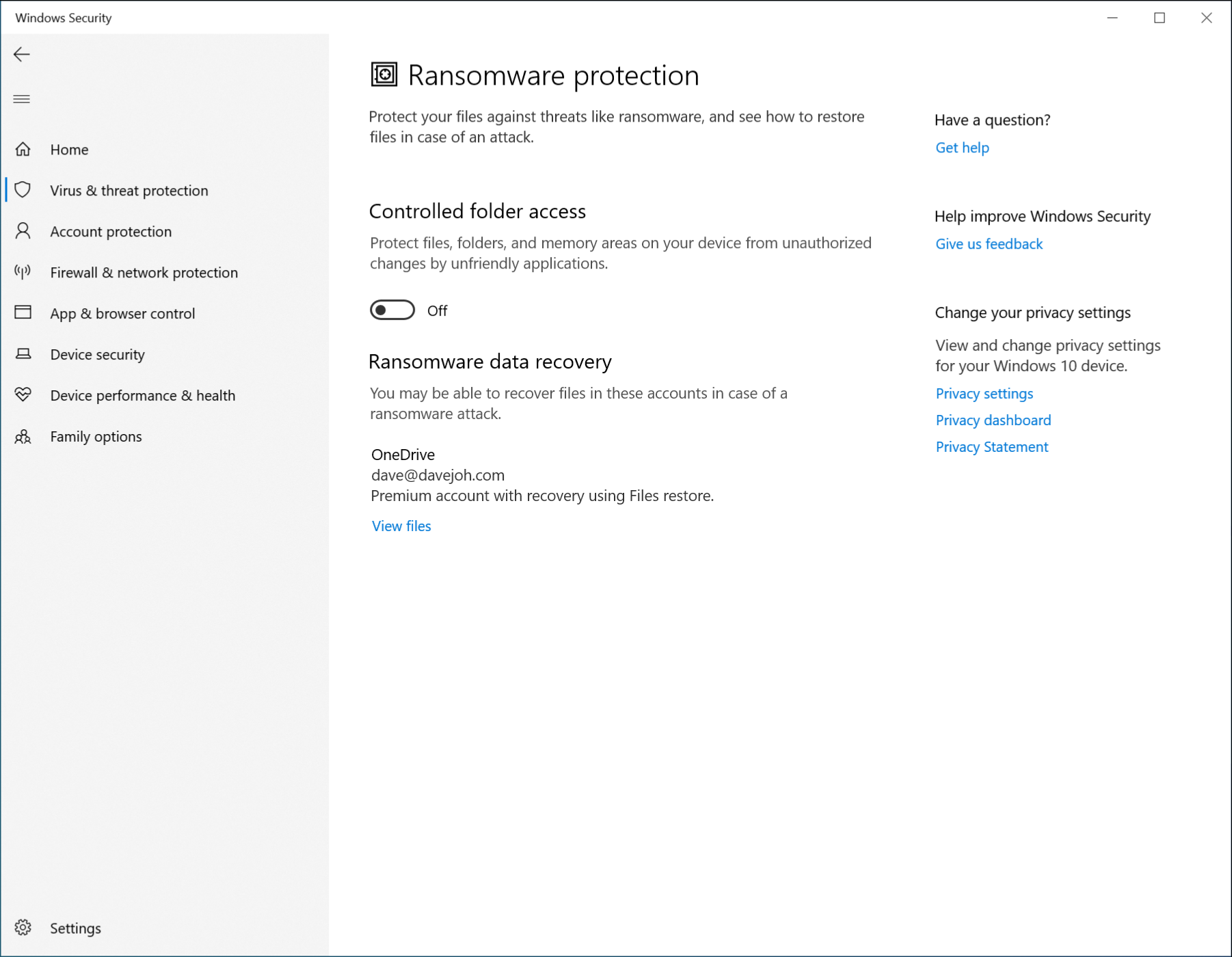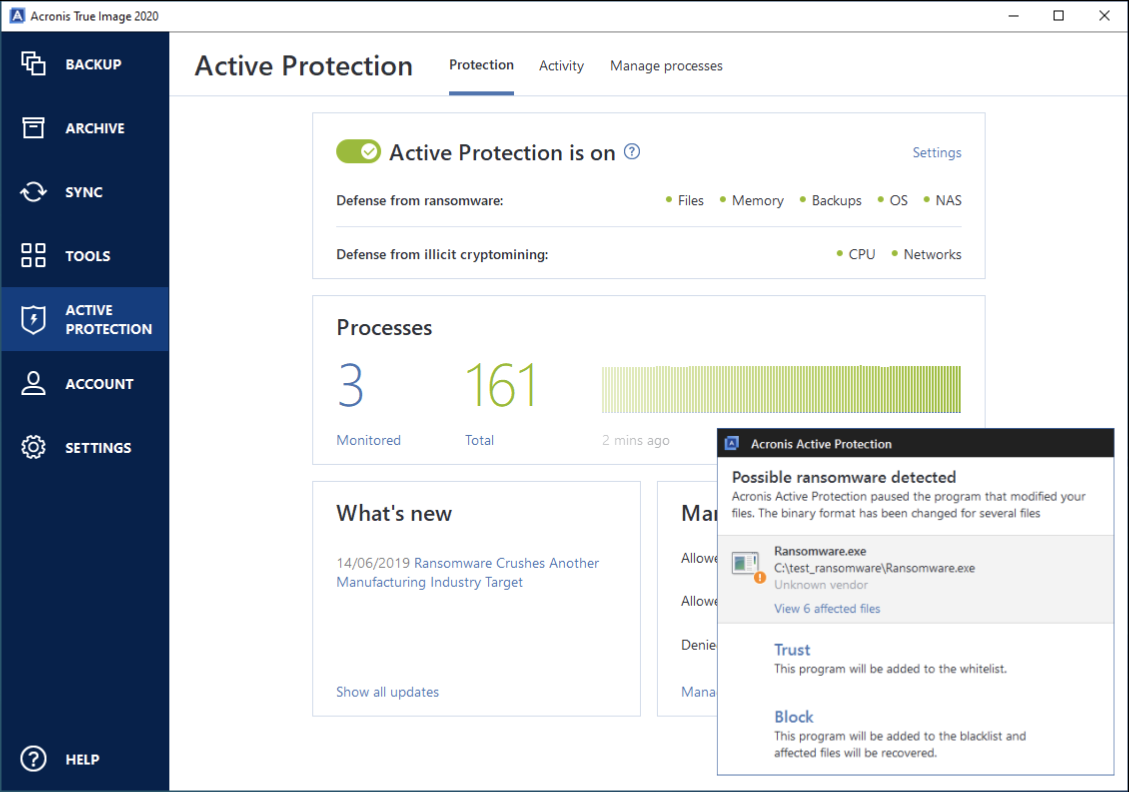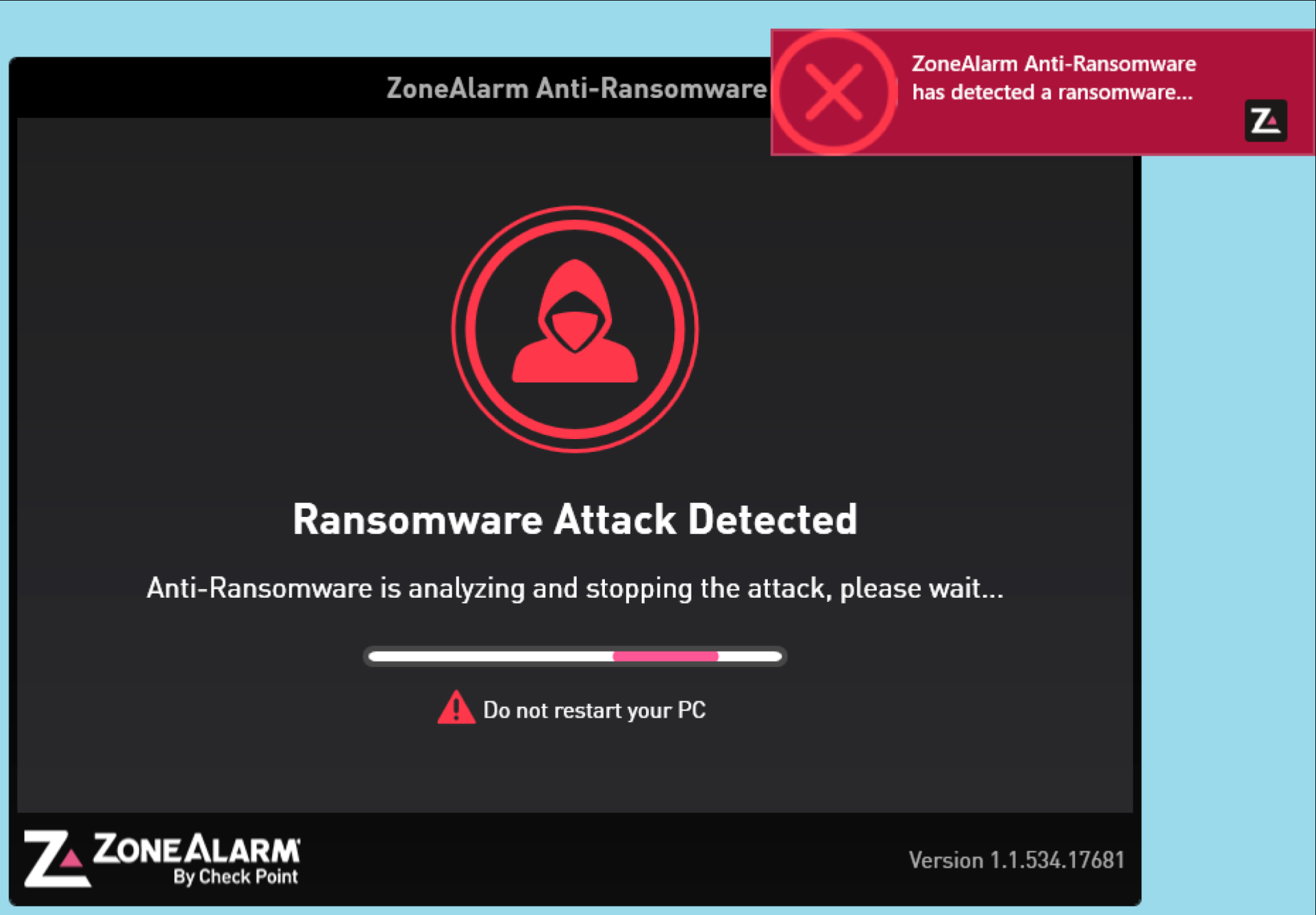Unlike other types of malware, you can't just clean up ransomware and go on with your day. A run-of-the-mill virus won’t destroy all your data and backups. That's why ransomware is a hazard you need to prepare for in advance.
"If you weren’t running ransomware protection," said Adam Kujawa, director of Malwarebytes Labs. "If you haven't secured your backups in advance, then you really are out of luck."
Are You at Risk?
Sure, a ransomware attack can be bad, but not all hazards carry the same level of risk. For example, a killer asteroid strike is a known hazard. Should we spend trillions of dollars building a defense against a threat that only occurs once every 100 million years? Not necessarily, because the risk of actual impact is pretty low. So, when it comes to ransomware, you have to consider what your level of risk is for permanent data loss.
Part of your risk assessment is considering how prepared you are for an attack. There are several things you can do to make your data relatively safe. Because ransomware can and will encrypt any files it finds on your PC or a connected network, choose a backup solution that doesn’t make your files easily accessible.
One such solution is "air gapping" your backup drive, which means it isn't connected to your PC or network constantly. Another option is a backup tool that uses versioning, so you can restore versions of your files that predate any catastrophe. If you have a secure, isolated backup, a ransomware attack might be inconvenient, but you can shake it off without too much difficulty.
Combined with common-sense precautions, like not clicking links you don’t trust, this is all fairly standard computer hygiene. There are also some easy ways you can add ransomware protection to your PC without installing yet another security program. Your existing antivirus package might already offer some protection. For example, if you use Windows Defender, Windows 10's default antivirus, it has some built-in ransomware protection, but it's turned off by default.
If you enable Windows Defender's "Controlled Folder Access" ransomware protection, the software will protect common folders, like Documents and Pictures, from unauthorized changes. If a ransomware app can’t access your Documents folder, it can't encrypt your files---game, set, match! There are also free apps, like Trend Micro's RansomBuster, that work the same way.
Unfortunately, this approach isn't foolproof and can be annoying in practice. Many programs legitimately need to access your document folders routinely, so you might have to field a lot of permission popups.
Ransomware Is Still a Serious Threat
Some experts think the heat isn't on home computers. Criminals tend to focus their efforts on victims with deep pockets. Check Point's just-published Cyber Security Report 2020 agrees with that assessment:
"In 2019, we saw an escalation of sophisticated and targeted ransomware exploits. Specific industries were heavily victimized, including state and local government and healthcare organizations."
Headlines in 2019 were filled with stories about these attacks, including successful assaults on more than 70 state and local governments. If you’re not a bank or city government, you might have less to worry about from ransomware in 2020 than you did several years ago, as current ransomware attacks are more targeted.
Additionally, a 2019 study on ransomware trends by RecordedFuture noted the overall number of ransomware campaigns might be steadily climbing, but "the truth is that most of these campaigns are ineffective and die out quickly."
This is good news for your home computer---especially if you don't want to run yet another cybersecurity app. However, we’re not out of the woods quite yet.
"It's easy to jump to the conclusion that ransomware is no longer a problem for consumers," said Kujawa. "But we know, just based on history, that cybercrimes, tactics are cyclical. They come back around. Maybe we're going to see something that utilizes some technique developed to attack businesses and gets adopted on the consumer side. Maybe a new exploit becomes available, or a tactic for infection that makes a better return on investment for cybercriminals to go after consumers again."
Jonny Pelter, CEO of SimpleCyberLife.com, agrees.
"The volume of ransomware attacks has started to level off, but the level of attacks is still high."
This is true. The 2019 CrowdStrike Global Security Attitude Survey documented that the number of victims who paid attack ransoms last year was double that of 2018.
"Naturally, this is only going to make developing and distributing ransomware by cybercriminals much more profitable," said Pelter. "Unfortunately, I fear we’re entering a period of complacency. As ransomware attacks drop out of the mainstream media, people misinterpret this as a decreasing number of ransomware attacks, which is far from reality, unfortunately."
Ransomware Prevention Software
All of this means you might be relatively safe in the short-term, but it’s still a good idea to protect yourself with some ransomware prevention software. While home computers were relatively defenseless for several years, there are now many anti-ransomware packages you can choose from---both free and paid.
Even standard antivirus packages now routinely offer some level of anti-ransomware protection. However, many of these (and most free packages) rely on the same technology traditional antivirus programs do. They detect the signatures of known software to recognize malware. The downside of this approach, of course, is that it leaves you vulnerable to zero-day infections.
In contrast, most stand-alone ransomware packages, like Acronis Ransomware Protection, Check Point ZoneAlarm Anti-Ransomware, and Malwarebytes Anti-Ransomware Beta, detect malware by its behavior. These programs monitor the activity of apps and quarantine processes that take suspicious actions, like generating an encryption key or starting to encrypt files. This makes these programs dramatically more effective at stopping ransomware in its tracks, whether it's a known strain, a brand-new threat, or a hybrid (both a virus and ransomware) malware. And yeah, that's a new thing to worry about.
"We're seeing more malware families adopting ransomware capabilities," said Kujawa. "Where previously it might've just stolen some information, now, once it does that, it might ransom your system and ask you for money."
Whichever method you choose to protect your PC and data, just remember: When it comes to ransomware, prevention and preparation are critical.
And the problem will probably only get worse. As Kujawa lamented:
"Ransomware is the nightmare of my career."




